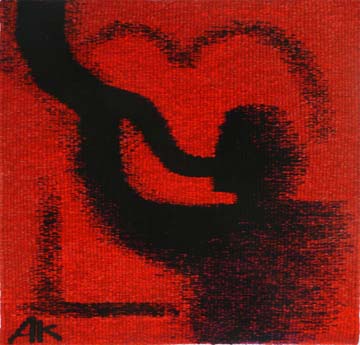Spiritual Sunday
Rosh Hoshanah, the Jewish New Year and the first of the Days of Awe, begins this coming Wednesday. It is ushered in by the blowing of the shofar or ram’s horn. Here is is poem by Yiddish poet Kadya Molodowsky about a shofar blower.
I love the way that poem involves an utter act of faith–the blower sends out “an old melody to God” even though above him is “a sky without stars,/primordial darkness lost in darkness.” According to translator Kathryn Hellerstein, the poem was written in 1945, when the world was waking up to the full horrors of the Holocaust.
Here is Hellerstein’s explanation for the three words that end the first and third stanzas:
The poem refers to the Hebrew instructions for blowing the shofar during the Rosh Hashanah service. Teki’ah denotes the blowing of the shofar; teru’ah denotes the succession of tremulous notes sounded on the shofar;shebarim denotes the tremolo or broken, disconnected sounds of the shofar.
The Shofar Blower
By Kadya Molodowsky
The shofar blower keens a melody,
An old melody to God.
Above him—
A sky without stars,
Primordial darkness lost in darkness,
The shofar blower keens a melody:
Teki’ah,
Teru’ah,
Shebarim.
The blackness—a wind, a wall,
There is no congregation,
No quorum at all.
The shofar blower keens a melody,
An old melody:
Hallelujah.
Near him, an extinguished thorn,
As he stares into even blacker darkness,
The shofar blower keens a melody,
An old melody,
And waits—
The thorn shall begin to burn,
A flame shall inscribe on a wall.
Above him, a sky without stars,
And primordial darkness,
And deadly venom.
But this does not interrupt,
Does not silence the horn:
Teki’ah,
Teru’ah,
Shebarim.
The artist Anna Kocherovsky’s haunting work can be found at www.tapestrystudio.com/Drawings_6.htm.
Go here to subscribe to the weekly newsletter summarizing the week’s posts. Your e-mail address will be kept confidential.


